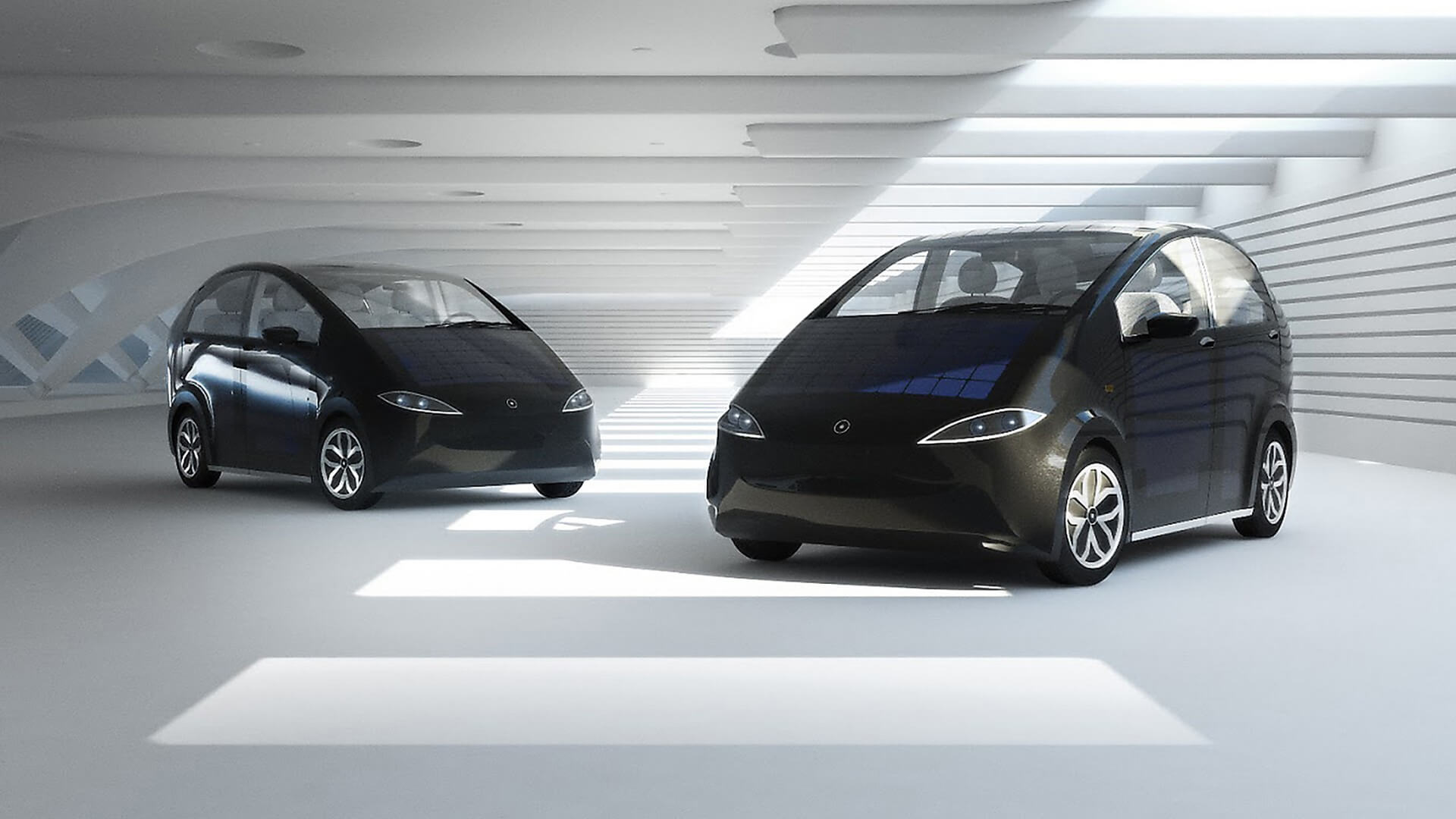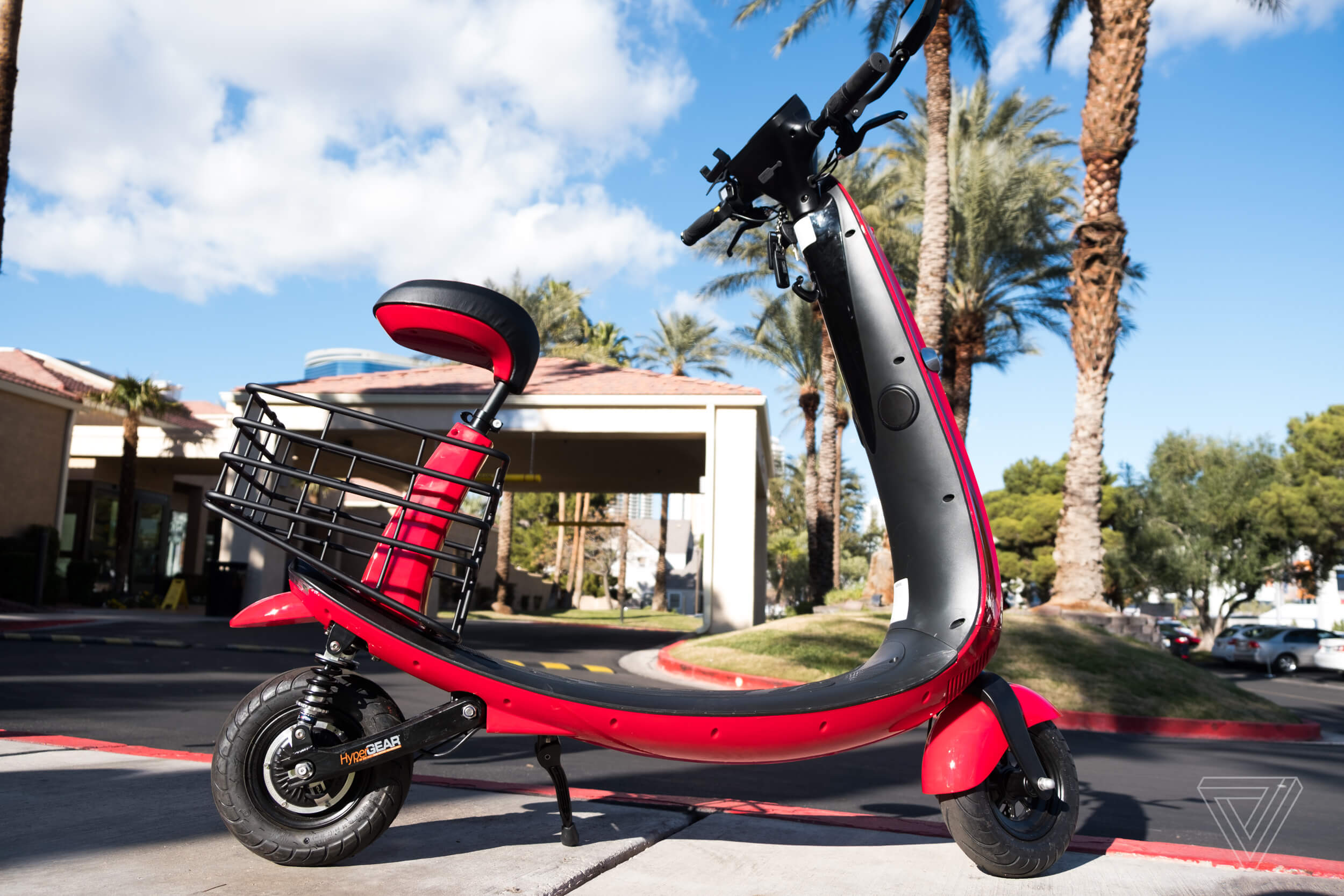
How to Get the Most from the Electric Bike Battery
The phenomenal growth of the electric bike market continues. No one can dispute that these bikes are winning lots of fans across the world. If you already own one, then you know that it has several interesting features, with one of the most important components being the battery. As the market for best rated electric bikes expands, battery technology is also evolving fast. If you have been wondering about battery performance life, the following guide will help get a grasp.
Types of Batteries for Best Rated Electric Bikes
Lead acid battery is the cheapest type and easiest to recycle. Their only issue is that they do not last, mostly because they cannot stand poor handling. You will need to replace this battery after about 200 charges. If you are a serious commuter with your electric bike, we advise against picking this type of battery.
A much better option is the lithium ion battery, the kind you find in hoverboards. This one can go for up to 2000 charges for the best quality. Some manufacturers have even upped their game-they have batteries that last over 10 years. Efficiency of charging is the best feature of these batteries. In a few hours, the battery is filled up and ready to power the bike across the terrains. One word of caution: the charging process of lithium ion battery is very critical. Need for keen regulation of this process increases the overall cost.
Other options are Nickel-cadmium (NiCd) and Nickel-metal Hydride (NiMh) batteries. The problem with NiCd is its pollutant element- cadmium and overall costliness. These batteries are slowly being phased out of the market. NiMh batteries may be more efficient, but they are extremely expensive. With Li-Ion batteries taking over, these two are showing signs of disappearing.

Getting the Most from Your Bike Battery
- Keeping Batteries Charged
Any battery performs best when it is fully charged. The general recommendation is that the battery should be allowed to drain fully, and then brought to full charge. It is best to charge the bike battery after use. This maximizes the range every time you take the bike out. It also reduces instances of charge running out before you reach your destination.
An even better reason why you should recharge after every ride is based on the battery management system, BMS. The battery has a series of cells, which are depleted one by one, as you ride. That means that if you ride and use only the first 20 cells, then recharge, the remaining cells are still in brand new condition.
- Storage in Cool Environment
All drivers know that the battery cranks better during warm weather than in cold weather. Li-Ion batteries contain a lithium powder, whose electrical resistances reduce on warming up. Similarly, the battery’s resistance increases with lower temperatures. A battery may deliver full capacity at 80°F, but manage a partly 50 percent at 0°F.
For maximum service life of the battery, you need to maintain conditions of around 68°F. If you are storing the battery, keep it in cold conditions for high internal resistance that promises longer charge storage. While it might not be practical to store the e-bike in the refrigerator, find some cool place in the house for it.
- Cleanliness and Dryness
Some of the best rated electric bikes have batteries that can stand wetness, but it is always good to be cautious. Battery contacts are prone to corrosion and oxidation, conditions that will obviously hamper the battery’s capability. Check the contacts for any damage every 2-3 months.
The Lithium-Ion battery on your electric bike demands more care than lower quality battery. This is worth the effort considering that this battery is lighter and lasts longer. For more information about the best rated electric bikes in the market, here is a list for you.
You can checkout this model featured by our editors










